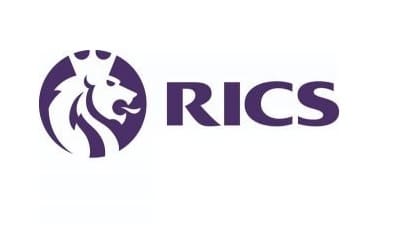
RICS-AACE Releases Q4 2022 Global Construction Monitor
Although both the US Federal Reserve and the Bank of Canada continued to tighten monetary policy into the year end and macro numbers point to a loss in momentum in economic activity, feedback from North America to the latest Construction Monitor has changed little compared with the preceding period. The headline Construction Activity Index remains comfortably in positive territory in both countries; in the US, it stands at +15 as against +21 in Q3 while the comparable numbers for Canada are +19 v +23.
“As the industry continues to be impacted by post pandemic volatility arising from Russian-Ukrainians conflict, major changes in the environment and shifting focus on public spending strategies, having access to the insights from up to the minute trending data available in such credible sources as the Global Construction Monitor becomes ever more important for today’s project decision making. AACE is proud to partner with RICS in ensuring the broadest possible data set by including the North American project perspective provided by our members and deliver timely information for proper environmental scans supporting strategic planning.” Shoshanna Fraizinger, CCP, PMP, President, AACE International
Infrastructure Remains Key Driver of Growth
Current workload metrics show infrastructure to be the sector continuing to experience the strongest levels of activity. In the US, the net balance reading of +34 is little different from the +38 recorded in the previous three month period. By way of contrast, the private non-residential metric, while still positive, has slipped from +31% to +12% which is indicative of a significant slowing in momentum. For private residential, the workloads indicator has now turned negative falling to -31%. This broadly reflects the picture painted by other surveys of the sector including the NAHB/ /Wells Fargo Housing Market Index. For Canada, the latest numbers are not dissimilar apart from private residential which was actually a little stronger in the final three months of the year (+11% v -1%) despite ongoing evidence that the sector more generally is in the midst of a correction. Within the infrastructure component, feedback in the US points to particularly strong growth in the areas of technology and energy while in Canada, the numbers are pretty solid across the board albeit slightly more buoyant in transport.
Skill Shortages Remain a Key Challenge
Skill shortages continue to be cited by contributors as a major issue for the sector in both countries. Significantly, it is the area of skilled trades that are noted most frequently in the responses received (around 80%) although just short of two-third of respondents also highlight problems with recruiting quantity surveyors and project managers (in both countries).
“I am reading this report during a time when most of the country is dealing with the after-effects of serious storms that brought everything from flooding to snow to lighting, and the Insurance Bureau of Canada announced that 2022 ranks third in Canadian history for insurance losses due to severe weather,” says Sheila Lennon, CAE, Chief Executive Officer, Canadian Institute of Quantity Surveyors. “I therefore found it interesting that weather was ranked last on the list of “Obstacles of Activity.” According to the media release published by IBC on January 18, damage from 14 severe storms, including the Ontario and Quebec Devecho, Hurricane Fiona, Western Canada storms and the Eastern Canada bomb cyclone caused a combined insurance loss of $3.1 billion. With Natural Resource Canada reporting that Canada’s climate will continue to change and is expecting even more severe and unpredictable weather, will there come a time where builders, architects and quantity surveyors need to add greater weight to potential damages from severe weather events when creating construction timelines and budgets?”
Profits Outlook Viewed as Less Negative
Despite ongoing concerns about material costs and wage increases (resulting from labor shortages), the latest insight provided by respondents suggests that they are no longer quite as concerned by the threat of a profits squeeze. Indeed, in both countries a modestly greater share of responses suggest margins are more likely to rise than fall over the course of 2023. That said, it is likely there is a strong sector skew to these results (favoring infrastructure).
About RICS
RICS professionals effect positive change in the built and natural environments. Through respected global standards, strict ethical code of conduct, , trusted data and insights, the organization develops and enforces high professional standards in the fields of land, real estate, construction and infrastructure. Their work with others provides a foundation for confident markets, creates better places to live and work, and is a force for positive social impact.www.rics.org










